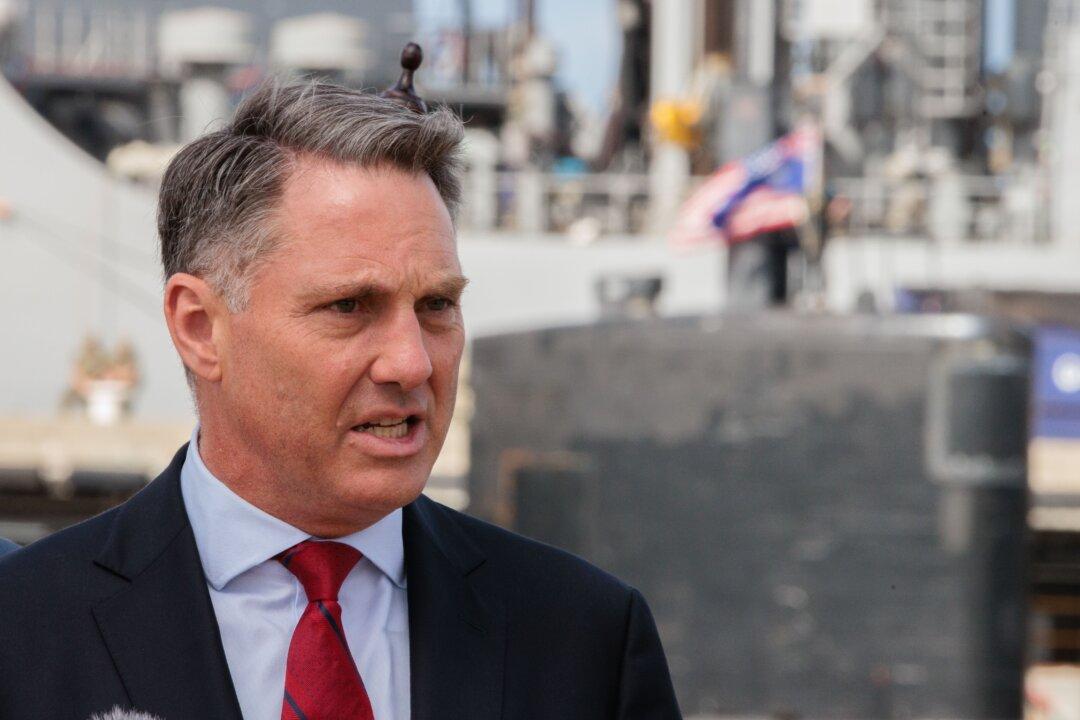The Australian government has made its first move to support domestic operations for the AUKUS nuclear submarines, putting forward a bill to update the country’s nuclear ban.
Defence Minister Richard Marles presented the bill which will allow the performance of regulatory functions that nuclear submarines require, as well as the supporting infrastructure and facilities, to the House of Representatives on Wednesday.





